
tvirbickis/iStock/Getty Images
Zucchini bread is a warm-weather treat and making it is a practical way to put an abundance of squash to good use. As an added benefit, zucchini bread is nutritious because summer squash provides fiber, calcium, potassium and vitamins A and C. Don't pass up other summer squash such as yellow, scallop or cocozelle when you make bread, as all are every bit as delicious as zucchini. .
Yellow
Yellow squash, with a thin neck and rounded bottom, includes yellow crookneck and yellow straightneck squash. Yellow crookneck looks like the curved neck of a swan while the shape of yellow straightneck resembles a light bulb. Depending on the variety, yellow squash may be smooth or it may have a pebbled, bumpy surface. The flesh is creamy white.
Scallop
Scallop squash, named for its scalloped, ruffled edge, includes round, flat squashes such as patty pan, sunburst or scallopini. Depending on the variety, scallop squash is yellow, green or white with creamy flesh. Although the flavor and texture of scallop squash make it suitable for bread, the size and shape are more difficult to grate.
Cocozelle
While not as common as zucchini, yellow or scallop squash, cocozelle is a flavorful summer squash that works well in zucchini bread. Because of its resemblance to zucchini, cocozelle squash is sometimes called "Italian zucchini." The shape of cocozelle squash is long and slender like zucchini, but the skin is dark green with pale green stripes.
Selection
Select smooth, unblemished summer squash with a shiny appearance. While small, tender summer squash are best for most purposes, medium or slightly large squash grates easily and works well in bread. Don't wait too long to use squash, as overly mature squash turns woody, stringy and bitter. The thickness of the rind is a good indicator of maturity. Avoid squash with a hard rind, which indicates the squash is too old. Instead, choose summer squash with a tender rind that is easily scratched with your fingernail.
Preparation
Handle summer squash carefully because the rind is tender and easily bruised. Wash the squash by using a soft vegetable brush under running water. Cut off the top and bottom, and then slice the squash in half lengthwise. Scrape out the seeds and grate the squash according to your recipe. Grate small, whole summer squash unsliced with the seeds intact. If you like, leave the tender skin intact as well, because the skin contains much of the fiber, vitamins and minerals.
Related Articles
How to Grill Chayote Squash
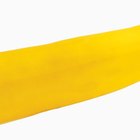
What Is Yellow Zucchini?

How to Cook Delicata Squash Cut in Half

How to Clean Squash

How to Cook Zuccini & Squash in a ...

How to Prepare Peter Pan Squash

How to Cook a Turban Squash
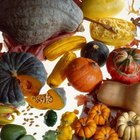
Differences in Acorn & Butternut Squash

How to Cook Papaya Pear Squash
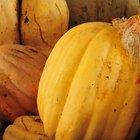
How to Store & Keep Zucchini and Squash ...
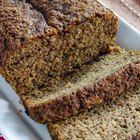
How to Cook With Green Fuzzy Squash
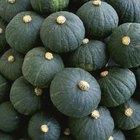
Can I Eat the Peel on Kombucha Squash?

How to Cook With Yellow Pattypan Squash

How to Broil Zucchini in the Oven

What Is the Best Way to Toast ...
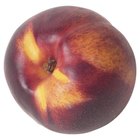
How to Bake Nectarines Like Peaches

How to Grill Chayote Squash

How to Cook Buttercup Squash
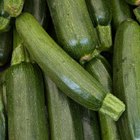
How to Clean Zucchini
Can Yellow Squash Be Substituted for ...
References
- University of Illinois Extension: Summer Squash
- Utah State University Extension; Summer Squash; Brian A. Nummer, et al; March 2010
- University of Arizona College of Agriculture and Life Sciences; Yellow Squash; Ken Nolte
- University of California Davis Vegetable Research and Information Center; Squash, Summer
Writer Bio
M.H. Dyer began her writing career as a staff writer at a community newspaper and is now a full-time commercial writer. She writes about a variety of topics, with a focus on sustainable, pesticide- and herbicide-free gardening. She is an Oregon State University Master Gardener and Master Naturalist and holds a Master of Fine Arts in creative nonfiction writing.
Photo Credits
tvirbickis/iStock/Getty Images